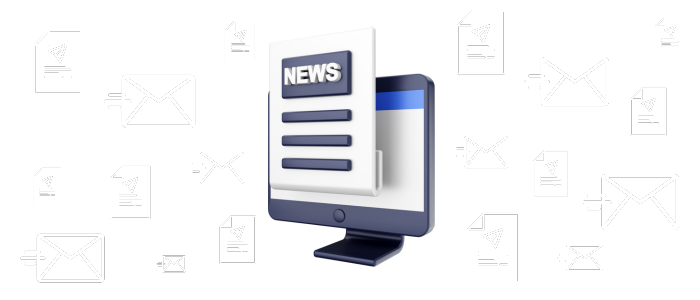
More transparency with a proper process documentation
Why is process documentation essential in a company?
Moreby Veronika Altenbach
Are you currently dealing with the topic of process documentation or business process management (BPM) and starting with the description of your processes?
Be careful, there are pitfalls lurking here!
One of the biggest challenges is the discrepancy between documented and actual processes. Employees often describe processes differently than they actually occur in practice, and existing documents are not always up to date. Therefore, before you start with the process description, you should identify and clarify potential deviations.

Process descriptions can vary in detail – from rough overviews to detailed workflows with process diagrams.
Structured documentation offers:
Find out more about «Choosing the right modeling standard for process documentation» in our blog article
Well-structured process documentation is the key to greater efficiency, better collaboration and smooth operations. It forms the basis for optimization and automation. Take advantage of this potential and optimize your processes sustainably!


Why is process documentation essential in a company?
More
How does ADONIS BPMS help me for my business processes? And how do I get the most out of the tool?
More
How can a reduction in process costs – as an elementary issue in business relationships – be achieved by optimizing processes?
More